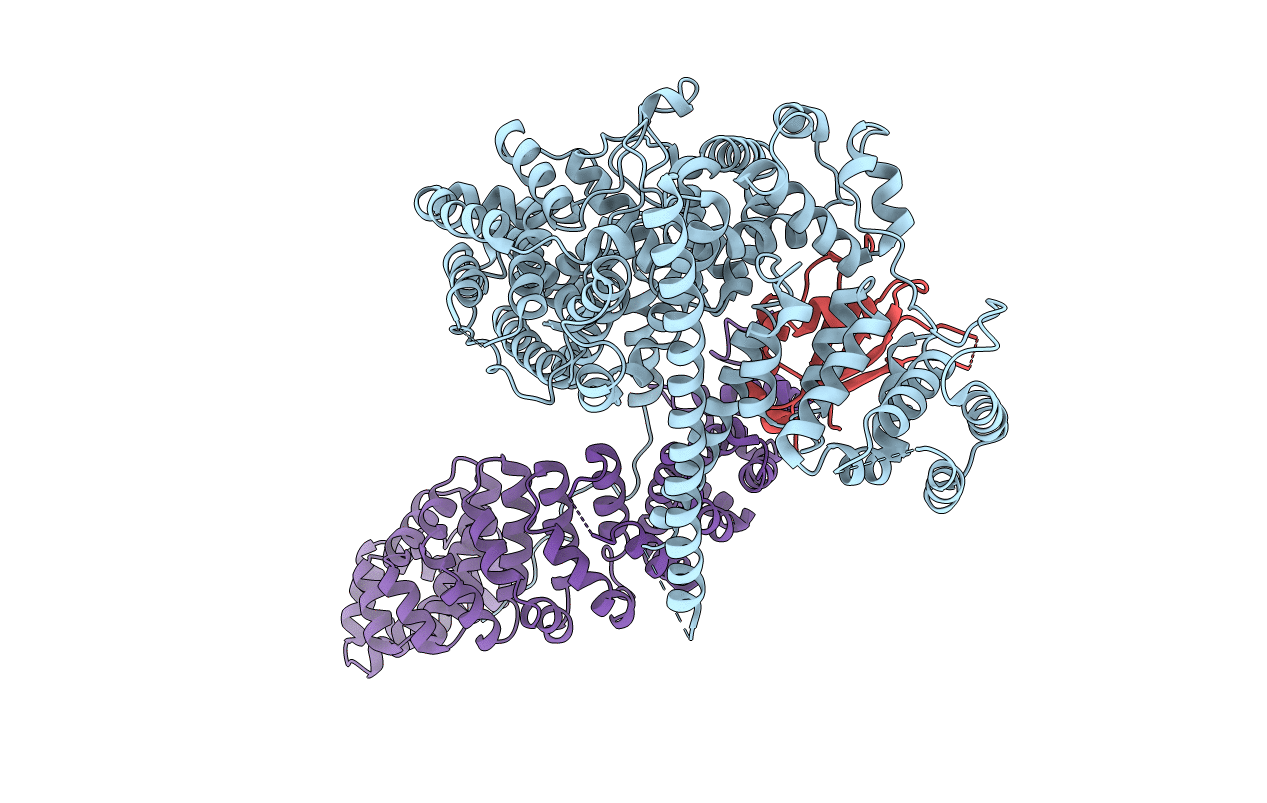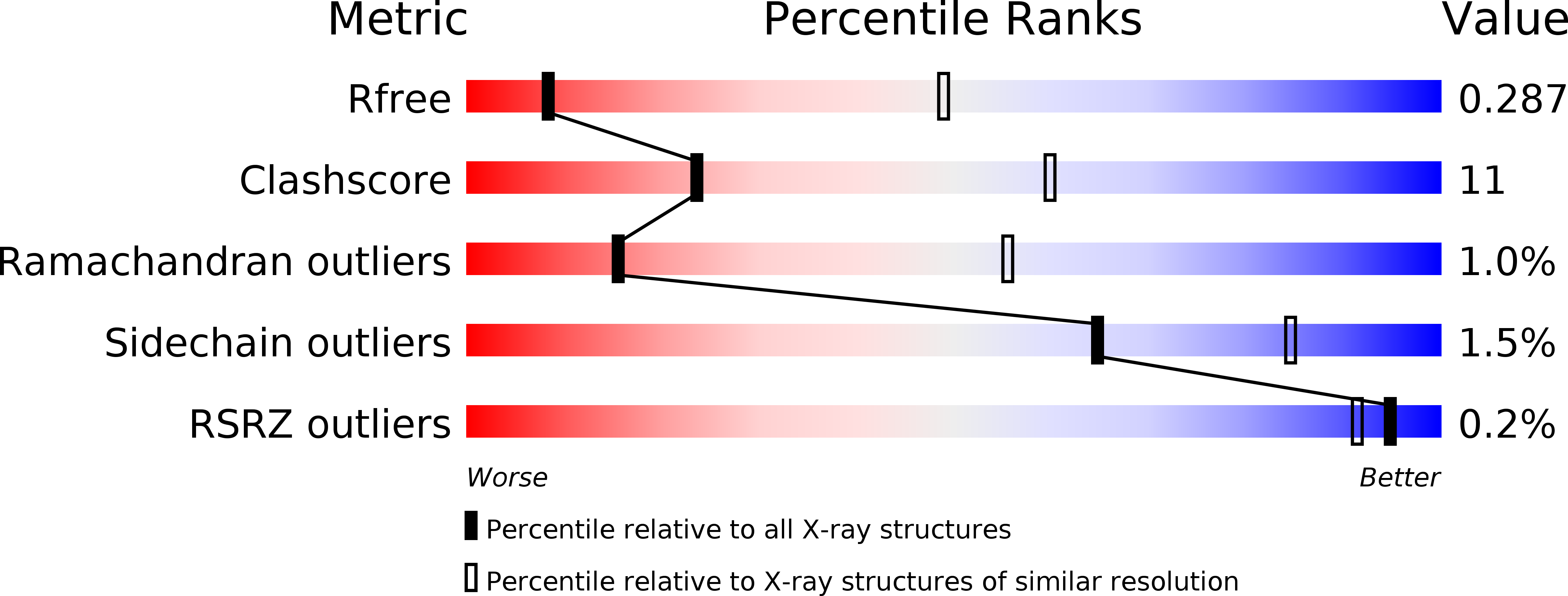
Deposition Date
2008-12-01
Release Date
2009-08-11
Last Version Date
2023-09-06
Entry Detail
PDB ID:
3FEX
Keywords:
Title:
Crystal structure of the CBC-importin alpha complex.
Biological Source:
Source Organism:
Homo sapiens (Taxon ID: 9606)
Host Organism:
Method Details:
Experimental Method:
Resolution:
3.55 Å
R-Value Free:
0.29
R-Value Work:
0.21
R-Value Observed:
0.22
Space Group:
P 1 21 1


